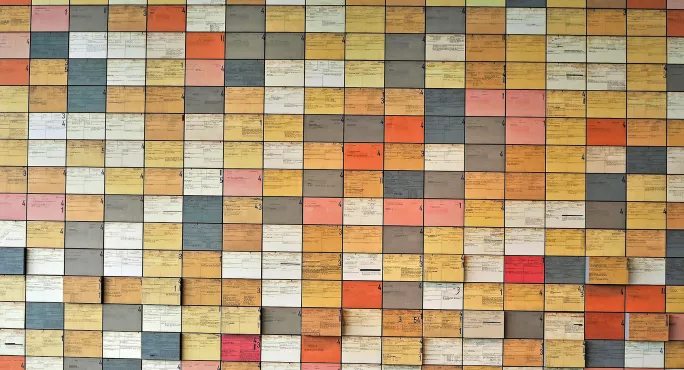How to use flashcards for revision
Share
How to use flashcards for revision
Flashcards have become a go-to technique for students when it comes to revision time. But what excatly are they and how can they be used most effectively?
What are flashcards exactly?
Flashcards are used in quite specific ways for exam revision. Starting with a piece of card, paper or even a pad of sticky notes, you write a question, acronym or key word on one side of the card, and the answer or definition on the other. So, on one side of the card you might write “The Battle of Hastings” and on the other “1066”.
How can you use flashcards to revise?
After you have created a stack of these cards in a given subject area, you can use them to test your knowledge. This allows you to revise using active recall; training your brain to find the information and embedding the learning.
Combine the flashcards with spaced repetition techniques - revisit the cards at intervals and quiz yourself to see what you have retained. A nice way to do this is using the Leitner system, invented by the German science journalist Sebastian Leitner in 1972.
For this, you take five boxes or trays and all the cards start in one box. Every time you get a card correct, you move it forward a tray. Cards you get wrong are moved back to the first box and are visited the most frequently until you get them correct.
Cards in boxes further up the line are revisited less frequently, but if you get them incorrect, even those go straight back to the first box. Never discard cards that you are getting right all the time, keep them in the mix and in the memory.
If you don’t want to use trays or boxes, just keep the piles wrapped in elastic bands.
To really take things up a gear, try interleaving. Once you have several decks of flashcards for different subjects and topics, try mixing them up. This will test your knowledge across subjects in a single session.
What does the research say?
There is plenty of research to back the positive effects of retrieval practice and spaced repetition - both of which students experience when using flashcards correctly.
One study found that students using flashcards for quizzing with a partner made more accurate judgements about their own performance than those working alone. Another study found that students using digital flashcards learned better when they made their own rather than relying on pre-made sets.
Tips and tools for success
As with other techniques such as mind mapping, experts recommend the use of visual aids on the cards, as well as words, to help make mental associations.
Use colours, highlighters and small pictures but do not overload the cards. They need to be as simple and clear as possible to prevent cognitive overload.
There are lots of ready-made flashcards and revision cards available online if you’re in a hurry, and also plenty of digital tools for making your own, such as Quizlet. These allow you to revise your flashcards easily on your phone, anywhere, rather than hauling bits of card around.
For the latest education news and analysis delivered every weekday morning, sign up for the Tes Daily newsletter




